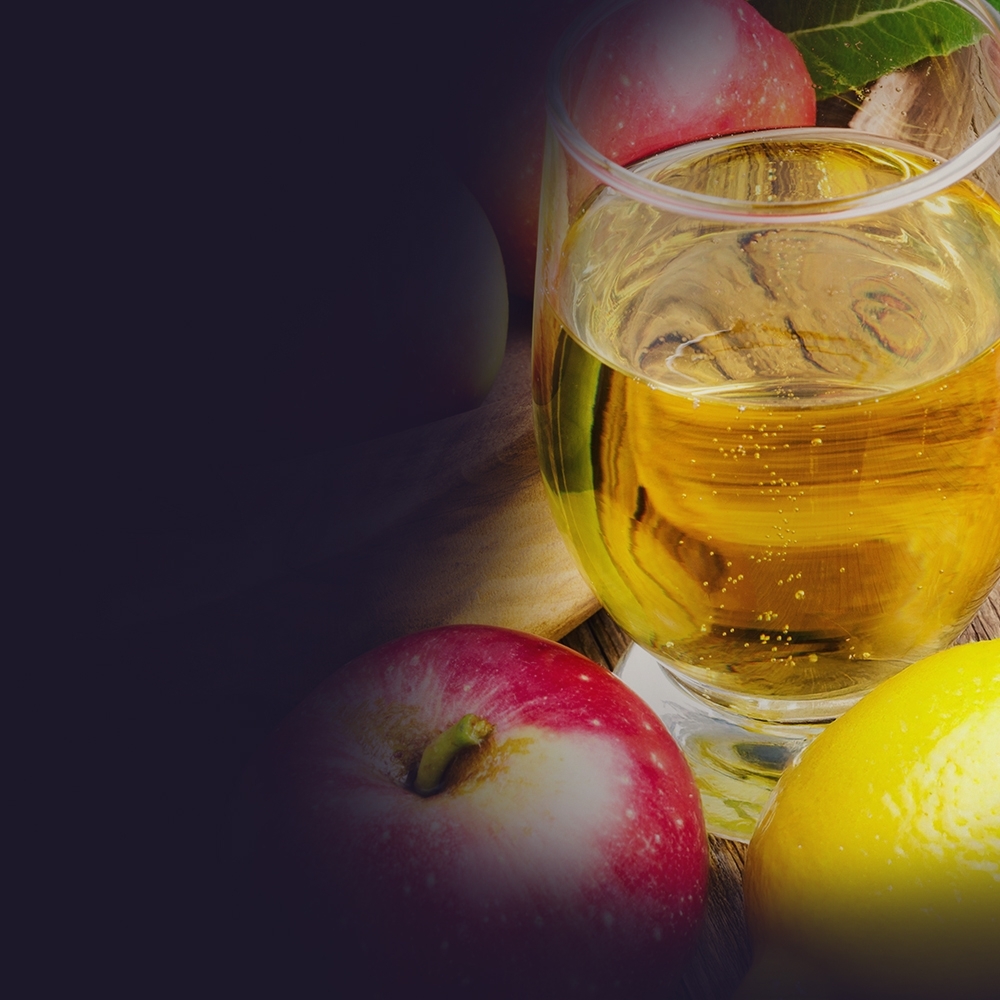19.10.2021
From regular exercise, nutrition and posture to online video conferencing and attempts to reduce our carbon footprint, our daily routines are packed with innovations that help to improve our lifestyle and our wellness.
Here are 3 Lifestyle & Wellness inventions that each play an important role in our everyday lives:
Thank you
The Lithium Ion Battery has changed the world. Until portable devices became ubiquitous in the 1980s, rechargeable batteries were heavy and low power. In 1985, inventors at Asahi Kasei assembled a prototype battery using a combination of a Lithium Cobalt Oxide cathode with a carbon anode. The invention enabled Lithium ions to go back and forth between the cathode and the anode, so that the battery could be recharged many times. Lithium Cobalt Oxide enabled the first commercial lithium-ion battery to be released in a joint venture between Sony and Asahi Kasei.
Since then, innovation in the field is being driven particularly by research into materials to continuously improve the Lithium ion battery. Asahi Kasei’s patents for the lithium ion battery are licensed in order to encourage manufacturers to use the technology, and lithium ion batteries now power billions of devices from our smartphones to portable power tools and electric vehicles.
Imagine you’re geared up and ready to press play on that workout video (or the next episode of your favourite Netflix series)… and all you’re faced with is a spinning wheel combined with a low resolution image. As frustrating as that sounds, that would still be the case if it weren’t for video file compression technologies.
Each time a video is streamed on an online service, it is likely to be encoded using video standards developed using these technologies. This goes way beyond Netflix – data compression inventions play a role in enabling virtual and augmented reality apps on mobile devices as well as improved video conferencing technology – and innovation in this field is thriving. On 6 July 2020, completion of the
Versatile Video Coding (VVC) standard for next-generation video compression was announced. Several companies played a role in the development of the standard, including Qualcomm and Huawei as top contributors.
VVC offers significant technical advantages over its predecessor, HEVC, allowing videos to be compressed, by up to a factor of 1,000, without losing any perceivable image quality. Qualcomm alone has over 400 inventions and patents contributing to video coding technologies, and the data compression inventions are now used globally for video streaming on TVs, laptops and mobile devices.
The refined and optimised water jet regulator, developed by inventors at Neoperl, has been helping to save water and improve water-flow quality in kitchen and bathroom taps since 2003.
A jet regulator is a small attachment that can be fitted either within or onto the end of the tap. These water saving devices can control the amount of water that flows through the tap without affecting the water pressure. In the refined jet regulator by Neoperl, the water jet is first accelerated before being slowed down again by a series of plastic mesh plates, and divided up before the individual streams are eventually merged back into one. At the same time, air is added, making the stream more voluminous while using less water.
The new jet regulators can save up to 50% of the water drawn from kitchen and bathroom taps in private households every month, resulting in significant water and energy savings particularly in the post-pandemic lifestyle.
Neoperl has secured patent protection for the invention via a European patent, and currently produces over 100 million aerators per year. So, next time you take a break to get a glass of water, check out your kitchen tap – it may well be fitted with one of these jet regulators!

12.02.2025
Setting your IP strategy – Part I: Prioritisation of IP in AIAs a commercial tool, IP rights can increase profits, attract investment, and raise a company's valuation. However, if not approached strategically, the sometimes relatively high costs involved in securing and maintaining some IP rights may render them not worth the investment. More specifically, in the field of Artificial Intelligence (AI), additional requirements associated with some IP rights may impact an IP strategy. The following article outlines a number of key considerations and tips for maximising the financial benefits of IP in AI.

21.01.2025
Thatchers Triumphs in Trade Mark TrialOn 20 January 2025, the Court of Appeal delivered a significant judgment in the case of Thatchers Cider Company Limited v. Aldi Stores Limited, ruling in favour of Thatchers in its trade mark infringement claim against Aldi. This decision overturned a previous High Court ruling from January 2024, which had dismissed Thatchers' claims.
Thank you